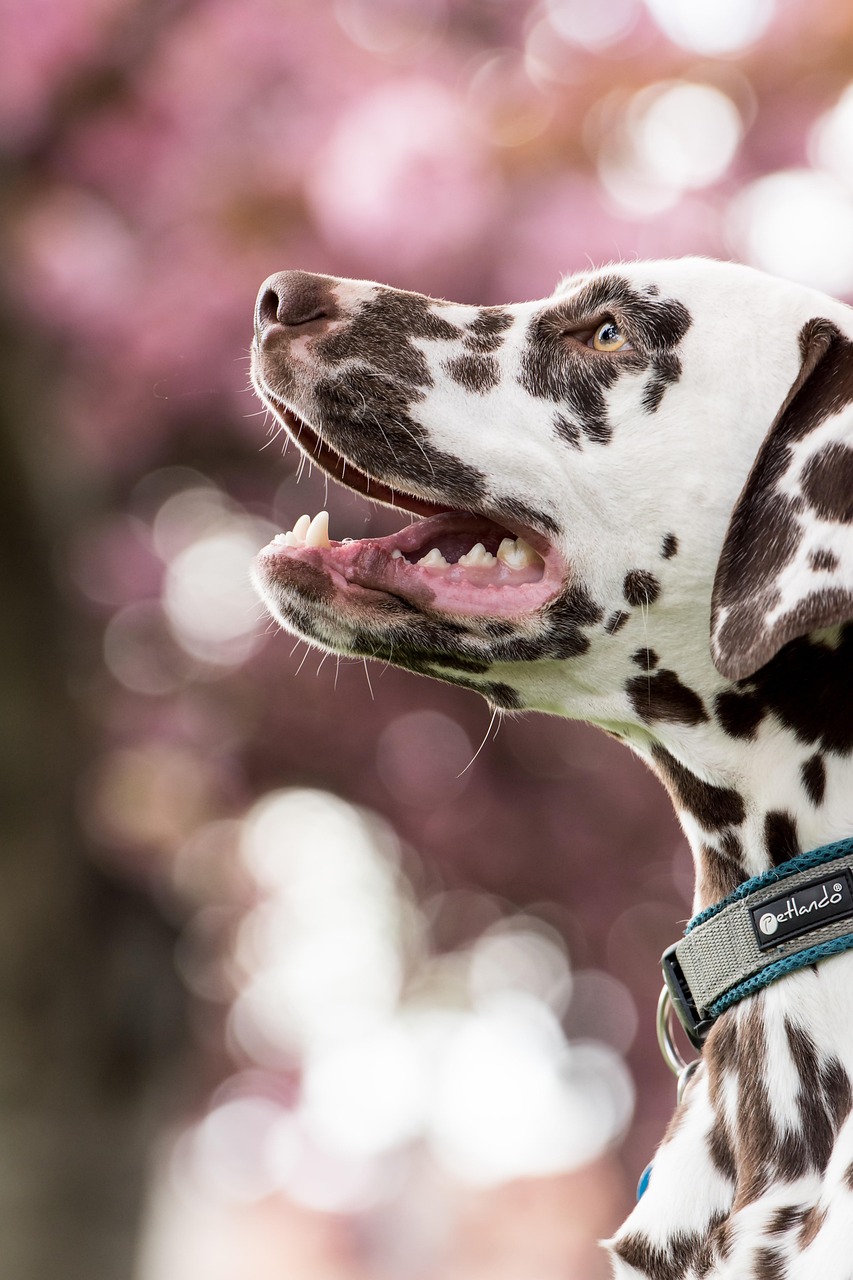Just like humans, dogs can develop sunspots — dark patches of skin that appear due to sun exposure, aging, or genetics. These spots are usually harmless, but it’s important to know what you’re looking at and when to seek help.
🌞 What Causes Sunspots?
- UV exposure: Dogs with short, light-colored coats (like Dalmatians or Pit Bulls) are especially prone.
- Age: Older dogs may naturally develop pigmented areas over time.
- Breed & genetics: Some breeds are more susceptible due to skin type or coat thickness.
- Chronic licking or irritation: Repeated trauma or friction can cause skin changes.
🔎 How to Identify a Sunspot
- Flat, dark brown or black patches on the belly, ears, nose, or anywhere with thin or light fur
- Usually not raised, crusty, or itchy
- Tend to appear gradually and stay the same size and shape over time
⚠️ If a spot grows rapidly, bleeds, becomes raised, or changes color/shape—contact your vet immediately.
🩺 Tips for Prevention & Care
- Apply dog-safe sunscreen to exposed areas before long outdoor time
- Provide shade and breaks during peak UV hours (10 AM – 4 PM)
- Use lightweight dog shirts for added protection if your pup is sun-sensitive
- Moisturize dry skin with vet-recommended balms
- Schedule regular skin checks and bring up any changes at your next vet visit
Bottom line: Most sunspots are harmless, but it’s always best to let your vet confirm that it’s nothing more. When in doubt, check it out!

Playday Pups is a boutique dog daycare and home-like boarding service located in Burlington, Ontario. Owned and operated by Tara and Dave, we specialize in creating a fun, safe, and structured environment where dogs can play, relax, and thrive. Whether you’re looking for dog daycare during the workweek or dog boarding for overnight stays, we provide personalized care for every pup. Ready to join the pack? Start by filling out our dog registration form.
☎️ (905) 230-2541 | 📨 hello@playdaypups.ca | 🚗 1234 Advance Rd, Burlington Google MAP



